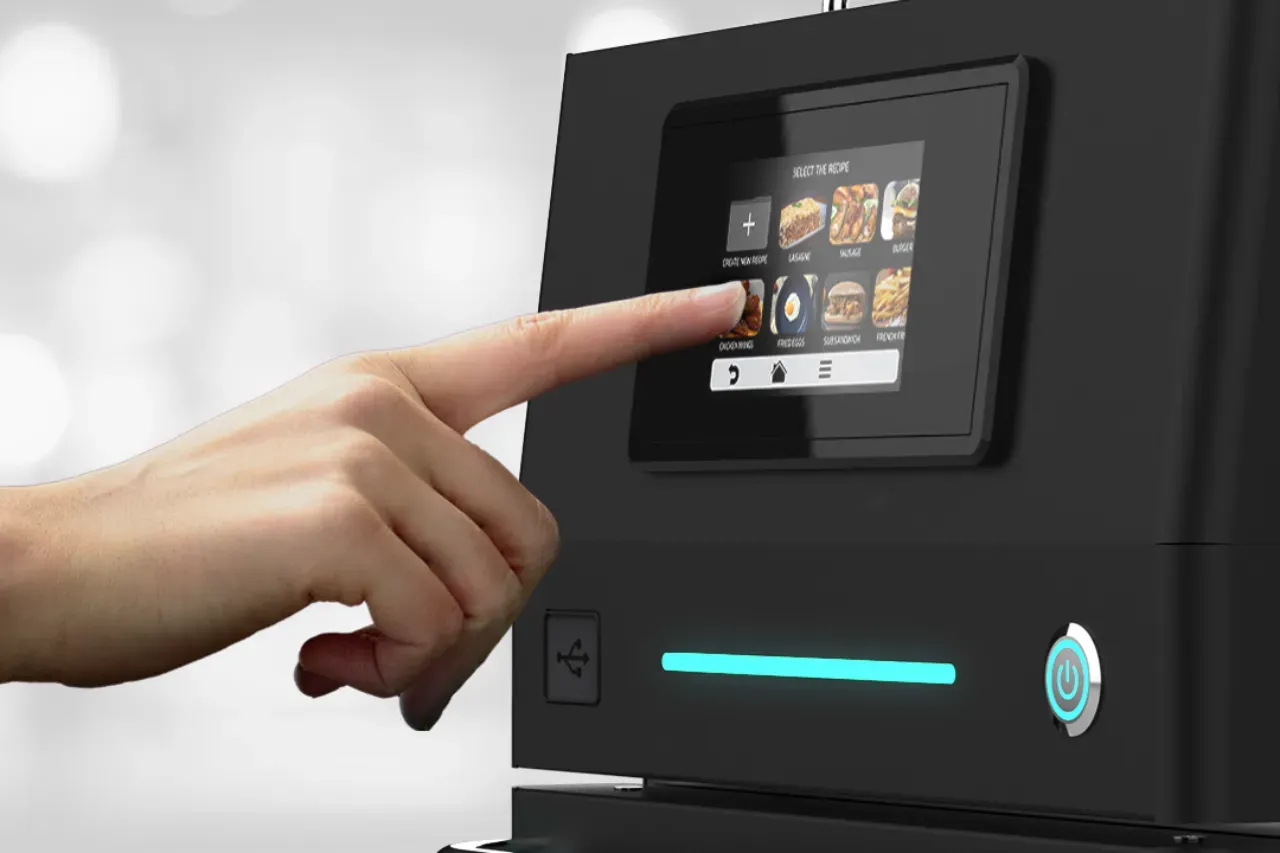No modern food business thrives without efficiency.
Whether you run a bakery-café, a quick-service restaurant, or a convenience store with a hot food counter, the balance between speed and quality is crucial.
This is where speed ovens enter the scene, combining convection heat, impingement airflow, and microwave assistance to deliver food faster than conventional ovens.
Yet one topic often creates confusion among entrepreneurs: power levels.
Many assume that “lower power” equals “slower cooking.” In reality, when it comes to microwave technology inside speed ovens, that’s not true.
Understanding how duty cycles work can transform not only the quality of the final product but also the longevity of your equipment.
Let’s break it down.
What Do Power Levels in Speed Ovens Actually Mean?
In a consumer microwave, pressing “50% power” doesn’t mean you get a weaker heat source. Instead, it means the microwave cycles between full power on and off in timed bursts. Professional speed ovens operate with the same principle, but in a more refined way.
For example:
- 100% power = continuous microwave activity.
- 50% power = full microwave energy pulsed in 50% of the time.
- 30% power = shorter, less frequent bursts of energy.
This isn’t “weaker,” it’s simply intermittent application of the same full-strength microwave output.
The Duty Cycle: The Real Science Behind It
The concept that governs this is called the duty cycle.
A duty cycle is the proportion of time the microwave magnetron is on versus off during a cooking interval.
A higher duty cycle (closer to 100%) floods the food with more microwave energy, quickly exciting water molecules and heating items fast.
A lower duty cycle creates gentler cooking, allowing heat to penetrate evenly and giving time for conduction (heat transfer inside the product) to balance out.
This is why lower isn’t always slower — in many cases, it means better texture, consistency, and flavor.
Why Lower Power Can Improve Food Quality
Think about the challenges in foodservice:
- A sandwich heated too aggressively can have burnt edges but a cold center.
- A pastry can become rubbery if the microwave blasts nonstop.
- Proteins like chicken or fish can lose moisture and tenderness at high cycles.
By using reduced power levels, the oven allows for:
- Even heat distribution → fewer hot and cold spots.
- Moisture retention → juicier products and softer bread interiors.
- Delicate handling → pastries and baked goods maintain structure without drying out.
This directly impacts the customer experience.
No one comes back for a soggy croissant.
Protecting Your Investment: Longevity of the Oven
Why Using Lower Power Extends Your Speed Oven’s Life
When food entrepreneurs invest in a speed oven, they expect reliability and durability, especially during busy service hours.
But few realize that the way power levels are managed directly impacts the longevity of the equipment.
Running a speed oven at maximum microwave power for every task may seem like the fastest route, but in practice, it accelerates wear on critical components — particularly the magnetron, which generates microwave energy.
At 100% power, the magnetron works continuously without rest, creating more heat and electrical stress.
Over time, this constant strain can shorten its lifespan, increase the chances of overheating, and lead to costly repairs or premature replacements.
By contrast, operating at lower power levels allows the oven to cycle the magnetron on and off, giving it intervals to cool and reducing the total load on the system.
This doesn’t mean sacrificing efficiency. In many cases, lowering the duty cycle not only preserves the equipment but also delivers better cooking outcomes, since foods heat more evenly and retain their moisture.
The added benefit for the entrepreneur is a double win: consistent food quality and fewer interruptions in service due to maintenance issues.
In short, training staff to choose the right power level isn’t just a culinary decision — it’s an essential step in protecting your investment and ensuring your speed oven continues to perform at its best for years.
Operational Efficiency: More Than Just Speed
It’s easy to focus only on speed in foodservice, but efficiency is about balance.
Sometimes, blasting at full power is counterproductive if the food quality drops and customers complain.
Strategic use of power levels provides:
- Better product consistency → ensuring the same result every time.
- Energy efficiency → the oven doesn’t need to overcompensate for mistakes.
- Faster service indirectly → fewer remakes and less customer dissatisfaction.
Imagine this: reheating a pizza slice at 70% power may take a few seconds longer, but it avoids burnt cheese and chewy crust, leading to a satisfied customer who returns.
That’s real efficiency.
The Business Case for Understanding Power Levels
Food entrepreneurs often calculate ROI (return on investment) based on speed of service alone.
However, the long-term benefits of correct power-level use are just as valuable:
- Stronger brand reputation → consistent product quality builds trust.
- Reduced waste → fewer items thrown away due to overcooking.
- Employee training advantage → staff who understand the “why” behind settings make fewer mistakes.
- Customer loyalty → better food quality equals repeat business.
In competitive markets, these details are what separate successful operators from those constantly battling customer complaints.
Busting Myths: Speed Ovens vs. Regular Microwaves
Many entrepreneurs assume speed ovens are just “fancy microwaves.” That’s a mistake.
Key differences:
- Speed ovens combine convection + impingement + microwave, creating textures microwaves alone cannot achieve.
- Power levels in professional ovens are engineered for precision, not just simple timing cycles.
- Unlike household units, speed ovens are built for continuous, high-volume use in foodservice environments.
This means understanding how to leverage power levels isn’t just a technical detail — it’s a competitive advantage.
Final Thoughts: Why Lower Power Means Higher Value
For food entrepreneurs, every piece of equipment in the kitchen is both a tool and an investment.
The speed oven is no exception.
By mastering power levels and duty cycles, you gain:
- Smarter cooking control → better textures, flavors, and appearance.
- Extended equipment life → avoiding unnecessary wear and costs.
- Improved customer satisfaction → driving repeat sales and loyalty.
So remember: in the world of speed oven technology, lower doesn’t always mean slower — it often means better.
Discover how Prática’s Fit Line performs against other speed ovens — check our exclusive content.

